What Madders Most
In the world of things that last, Madder Dyes may be in a class alone as far as natural color goes. They have been used for centuries and we have vibrant examples that are well over 200 years old.
Madder dyed and printed textiles are also packed with sophisticated surface design. They were originally used for everyday clothing in the 18th and 19th centuries, especially in France and America. They were also used for wall coverings and table top. We tend to think of madder prints as being small scale ditsies in both floral and geometrics but we have in our archive large scale patterns with 18-24” repeats as well as table top borders that are 6 to 24 deep. Some designers love them for top of bed inspiration, too.
The madder plant produces colors ranging from browns to rusts, reds, oranges, blacks and purples. Rubia Tinctorum, the madder plant, sounds like it would only produce red colors but the nature of it, as with many natural dyes, has a wide variety depending on soil, water, sun and all of the other influences that affect plant life. It was used as far back as ancient Egyptian times for textile dyes as well as cosmetics.
Genuine madders are not often used now since the active ingredient, alizarin, was replaced by a chemical about 1869 by anthracene which is a by product of coal tar.
Most popular in the second half of the 19th century, these richly colored textiles were practical an d beautiful. They were some times called Provencal Designs and we love them in our 19th century antique quilts. We also love them as inspiration for menswear, women’s shirts and tee shirts, tabletop and top of bed.


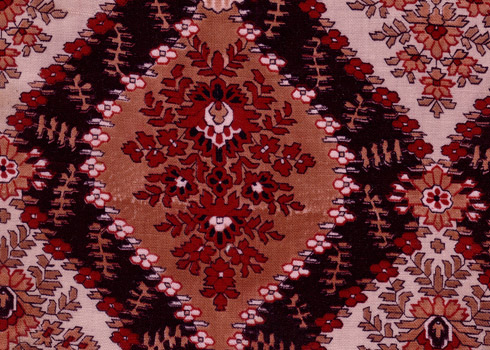
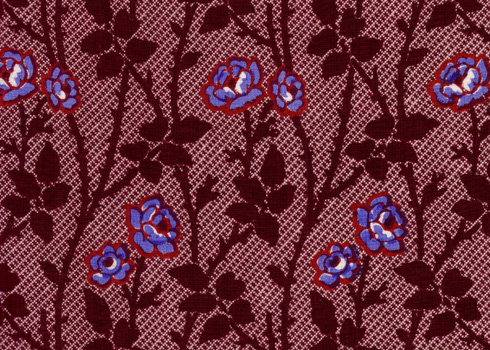
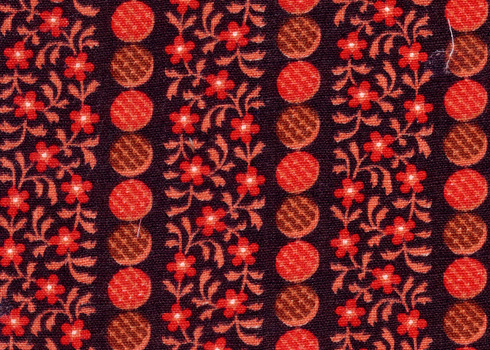
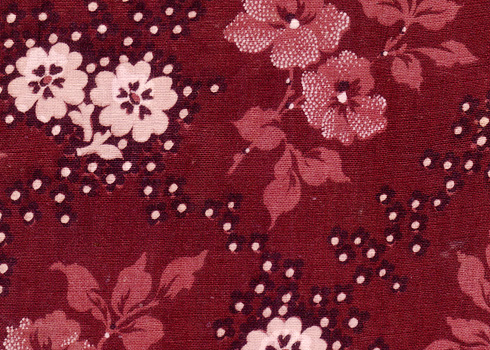

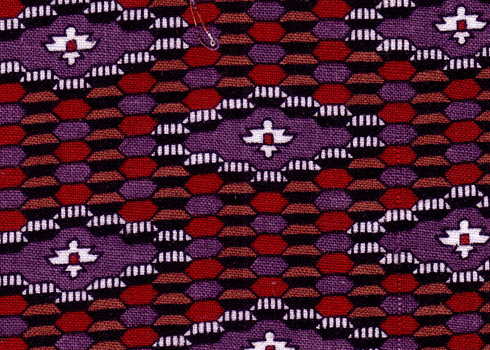

 Pat Nugent
Pat Nugent